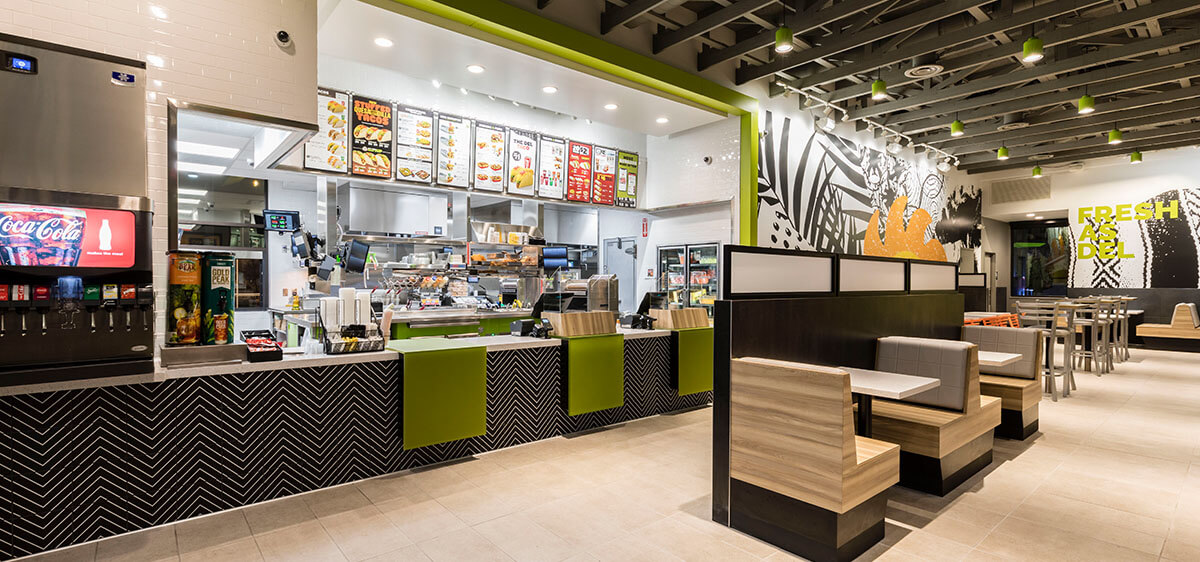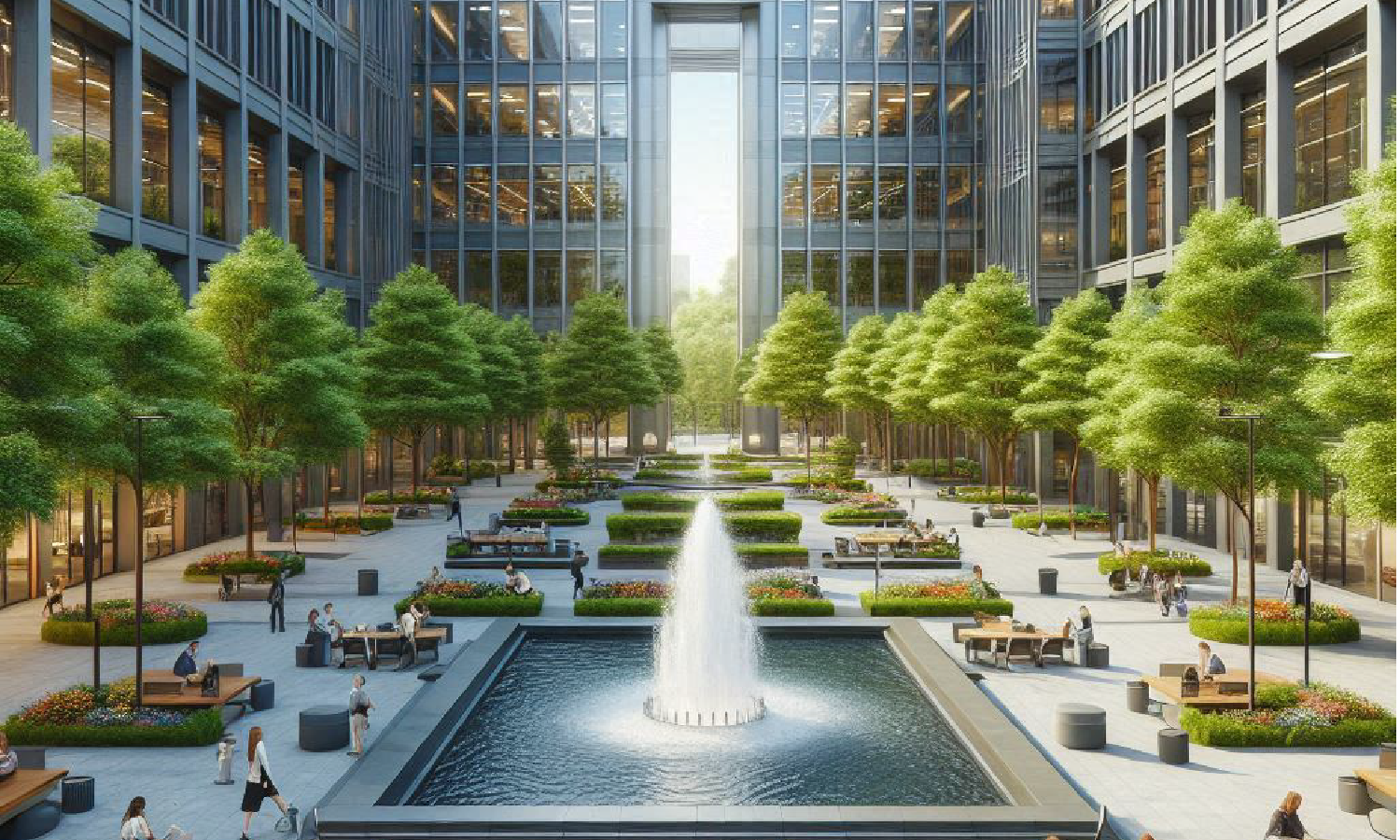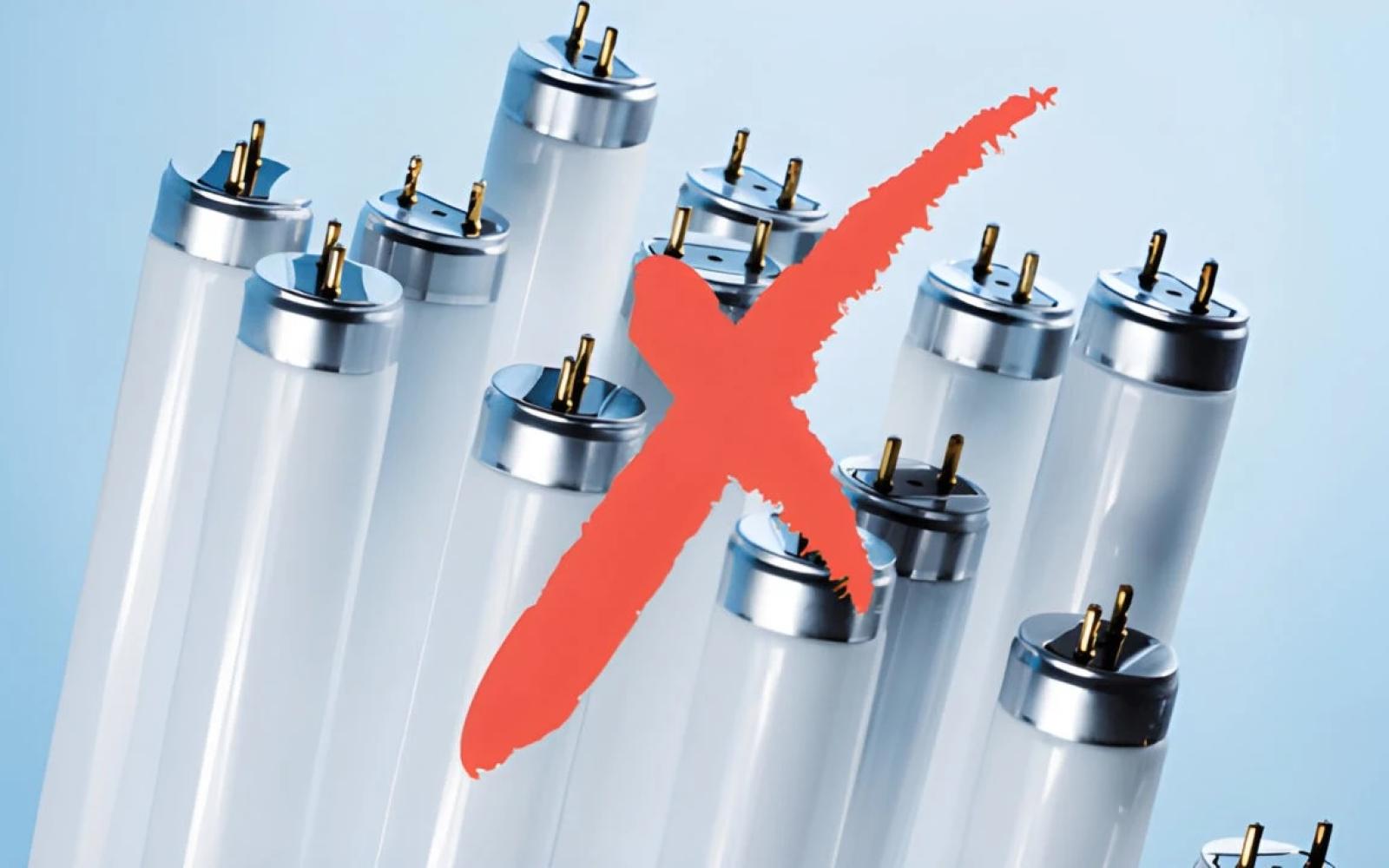While the COVID-19 pandemic has unsettled countless industries, fast food and fast casual dining restaurants have been forced to adapt to dramatic consumer behavioral shifts. Restaurants are now faced with a multitude of potential customer interactions: drive through, online ordering, app-based delivery service, pickup, walkup, and ‘eat in car’ diners. Traditionally, most of these restaurants had large dining rooms, a single drive through, and classic at counter ordering. How will the brand environments for these restaurants adapt? The answer may lie in a new concept: Fresh Flex.
The term Fresh Flex was coined in the recent redevelopment of the Del Taco brand environment. Del Taco – a fast food chain with more than 600 locations nationwide – began work on a non-traditional restaurant prototype in 2018 but was forced to pause the effort at the outset of the pandemic. Accommodating pandemic changes, they rolled out their first series of the new concept restaurant early in 2022, both in Orlando and Southern California.
The new restaurants have a dramatically different brand environment, one geared towards the multiplicity of customer interactions. Functional options include a double drive through (with one lane dedicated to advance ordering and app delivery services) mobile pickup lockers, smaller dining rooms, prototype digital menu boards, new modern interiors, and uniform ‘smart’ kitchen configurations.
The Fresh
The interior and exterior of the new Del Taco is designed to reflect their perceived core brand asset: fresh food. They achieve this through use of a light green color palette, wood accents, sun imagery, and an overall spacious and airy feel – even in small square footage locations. While the ‘fresh’ is an arbitrary brand value, what is critical is that they have created an interior and exterior aesthetic completely dedicated to this core brand attribute. The consideration and execution of physical design adherent to their core value proposition is a best practice for ensuring brand affinity, loyalty, and increasing location sales.
The Flex
While design style and theme will change depending on your specific brand, the ‘flex’ aspect of a brand environment redevelopment may soon be table stakes for successful fast casual and fast-food restaurants. Flexibility is not only a reference to the ability of customers to order and purchase food through different methods, but the flexibility of a location to maintain functionality and brand integrity in a variety of different real estate situations.
A flexible brand environment can be drive through only, pickup only, work with small (and large) square footage availability and maintain a multitude of ordering preferences regardless of exact location. This will allow restaurants to the ability in adapt in existing markets, adjust drive through capacity tighter spaces, and retrofit second generation buildings. A
As restaurants seek to adapt to a post or stead state COVID environment, the adoption of a ‘fresh-flex’ approach will be critical to meeting changing consumer habits and real estate availability. Achieving brand uniformity with physical space disparity can be accomplished with proper planning and partnership with experts who understand the mechanics of visually manifesting brand values, along with insider expertise in modern consumption features like smart double drive through and food pickup lockers.




